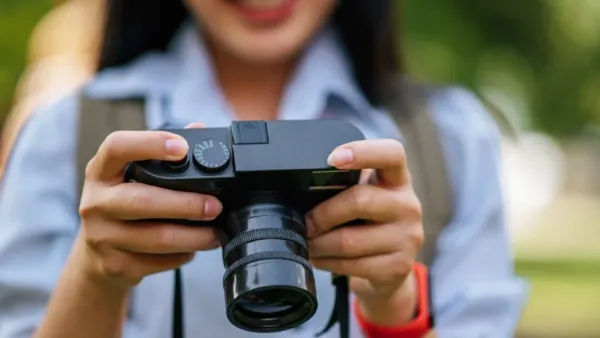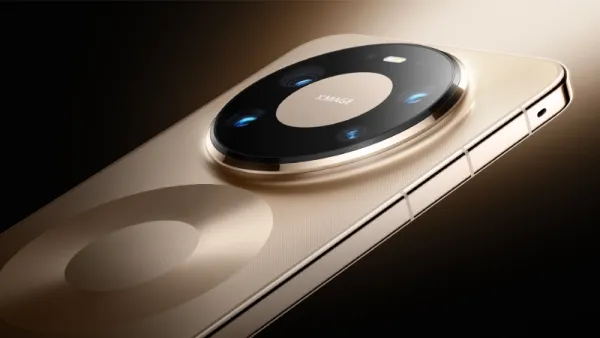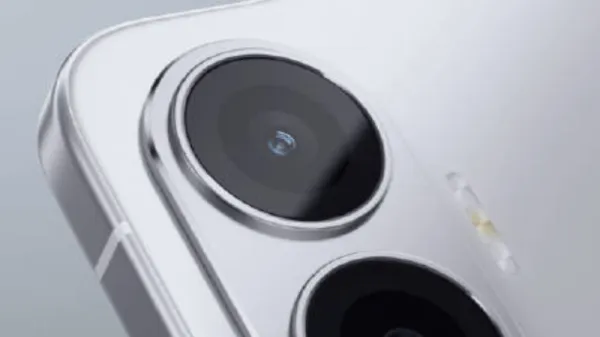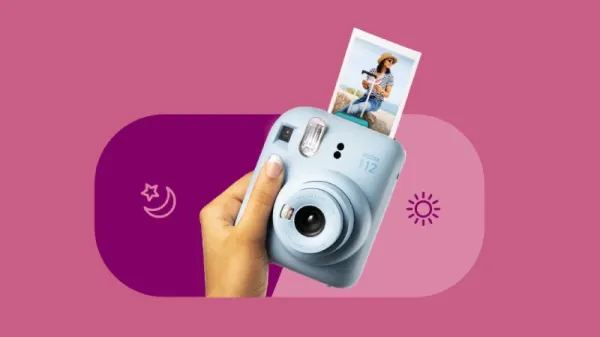
Highlights
- Compact Cameras vs Smartphones in 2025 shows a split between convenience-first mobile users and creators seeking true-to-life quality.
- Smartphones dominate workflow speed, while compact cameras offer superior optics, sensors, and low-light realism.
- India’s creator boom drives both technologies forward, with hybrid AI imaging shaping the future of visual storytelling.
Compact Cameras vs Smartphones in 2025: India’s New Imaging Battle
In 2025, India is experiencing a visual tide. Every chai stall, every street mural, and every sunset on Marine Drive are all being shot, whether on a flagship phone or a nice 2020s-era compact camera. The competition is about accuracy, portability, and pride.
With smartphone brands stuffing AI filters and quad-camera systems into their phones, we were beginning to think the compact camera era was over. But step into Chandni Chowk in Delhi or Brigade Road in Bengaluru, and you’ll see vloggers handling tiny Lumix and Canon PowerShots once again. Why? Because India’s content boom demands clarity at all costs.

But if smartphones have become so good, why is the small, compact camera making a comeback?
Smartphone Cameras: Power in Your Pocket, But Will It Be Enough?
Smartphones like the iPhone 16 Pro, Google Pixel 9, and Vivo X200 Pro are redefining what’s possible in your palm. With AI-powered HDR, advanced night mode, and 200MP sensors, the results are undeniably striking. Add India’s obsession with Instagram Reels and YouTube Shorts, and it’s easy to see why mobile cameras rule.
Why Smartphones Still Win for Most Users
They’re light, instant, and social-media ready. The Indian youth market (18–30 years) thrives on speed and shareability. When a phone can shoot, edit, and post in seconds, who wants extra baggage?
This makes smartphones the default camera for India’s young content creators, students, travelers, and influencers.
But Where Smartphones Fall Short
Yet, the biggest complaint comes after the likes fade: compression. Even flagship phones flatten details under artificial sharpening and algorithmic noise reduction. For Indian photographers craving true-to-life texture, especially in low-light cityscapes or mountain treks, smartphone photos can feel… too polished.
So the next question that naturally arises is, can compact cameras fill this gap in authenticity?

Compact Cameras in 2025: Real Optics, Real Sensors & Real Light
Enter 2025’s new-age compact cameras, more intelligent, faster, and surprisingly affordable. Sony’s ZV-1 II, Canon G7X Mark IV, and Panasonic Lumix TZ200 II are not your old-school point-and-shoots. These are AI-stabilized hybrids with 1-inch sensors, optical zoom, and real-aperture depth control, all in your pocket.
For India’s rapidly growing influencer class, from wedding vloggers in Jaipur to food reviewers in Kolkata, compact cameras solve the one thing smartphones still struggle with: real glass and real light.
Their edge lies in physics, not filters. A large sensor naturally captures a wider dynamic range – perfect for Indian sunlight, neon signs, and monsoon skies. Plus, with Type-C fast charging and Wi-Fi transfers, they fit seamlessly into digital workflows.
But are these compact cameras still relevant when phones cost the same and offer built-in?
The Price Paradox
Here’s where the Indian consumer mindset shines, practicality. Smartphones offer “all-in-one” convenience.

But compact cameras, though single-purpose, now come in a price bracket that competes directly with mid-range phones (₹50,000–₹70,000).
Creators see it as an investment, not an expense. A ₹65,000 compact camera like the ZV-1 II gives you optical zoom, interchangeable lenses, and uncompressed video, features even ₹1.5 lakh phones struggle to replicate natively.
The problem? Accessibility. Compact cameras still lag behind smartphones in instant connectivity. You can’t just click and upload to Instagram from a Canon in 2 seconds. And that raises the next question is, will compact cameras ever match smartphone convenience?
Connectivity and AI Editing: Smartphones Still Rule the Workflow
Smartphones dominate the content creation pipeline from capture to upload. In India’s fast-paced creator economy, every second counts. A travel vlogger shooting in Manali or a student documenting college life in Pune wants to record, edit, and share, all within minutes.
Here, AI editing tools like Samsung’s Galaxy AI, Google’s Magic Editor, and Apple’s Smart Trim make mobile shooting addictive. The workflow is frictionless. Compact cameras, despite offering superior raw footage, often require manual transfers and desktop editing, slowing the process.
However, the recent push by Canon and Sony to include Bluetooth auto-sync and cloud uploads hints at a major shift. Could this mean the gap between camera and phone workflows is finally closing?
The Creator’s Choice: Quality vs Speed in an Indian Context
Street photographers in Mumbai want realism. College vloggers in Chennai want convenience. Wedding filmmakers in Punjab want cinematic depth.
The device they choose depends on their creative goal, speed vs soul. Smartphones win in spontaneity; compact cameras win in control.
But 2025’s convergence trend, where smartphones adopt larger sensors and cameras gain instant connectivity, hints that both sides are borrowing strengths. So, what does the future look like when technology merges these two worlds?
The Future Focus: Hybrid Tech and the Rise of AI Imaging
In the next two years, expect hybrid devices that blur the line entirely. Imagine a smartphone-sized device with a 1-inch optical sensor and full RAW control — something brands like Xiaomi and Sony are already experimenting with.
For India’s massive creator economy (expected to cross ₹1.5 trillion by 2026), that means tools that are affordable, accessible, and adaptable. AI-driven features like real-time background replacement, mood-based color grading, and voice-controlled framing will become the new normal.

As compact cameras evolve into AI-smart hybrids and smartphones become optical beasts, the real winner isn’t the device; it’s the Indian creator who finally gets both quality and convenience in one hand.
Conclusion
In 2025, we are debating, “What constitutes your storytelling?”
For immediate impact and to grab your viewer’s attention, the phone is consistently on top.
If you seek cinematic control and a more deliberate effect, the compact camera is superior.
However, for the new generation of vloggers, wedding filmmakers, and visual storytellers emerging from India, the winner is simple: Whichever device you can use to tell your story with more fidelity and beauty.
-
Pakistan: 20 killed in chemical factory blast in Punjab

-
BLO dies by suicide in Gujarat, note blames SIR duty stress

-
Probe agencies can’t freeze bank accounts involved in cyber fraud transactions: HC

-
How rich Is Sourav Joshi? YouTuber’s net worth, age, monthly income

-
Homebase brings back range to over 250 UK stores before Christmas
